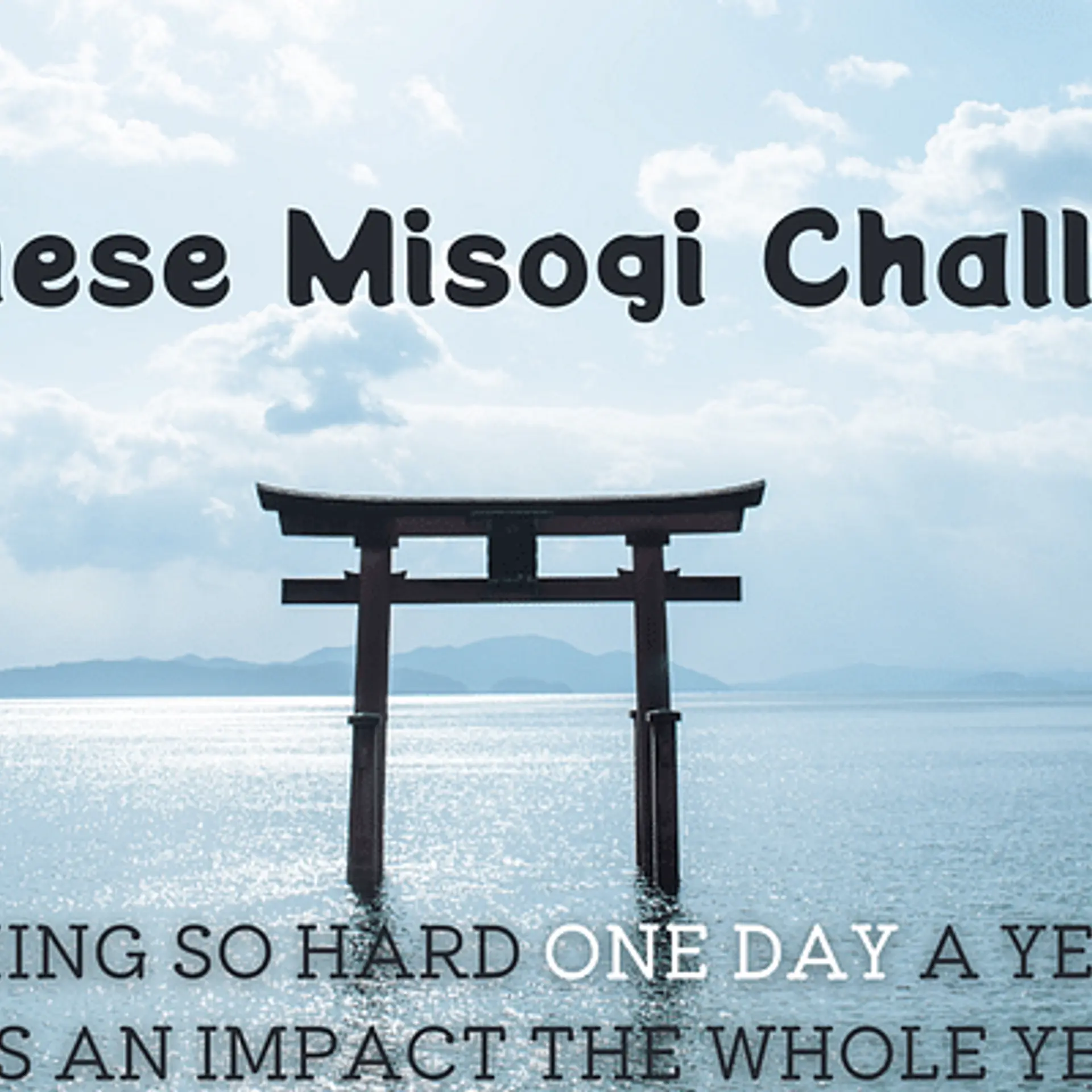India is one of the fastest-growing hybrid cloud markets - Solace Regional VP Arvind Khurana
Arvind Khurana of the Solace Corporation says crunching large volumes of data is only possible through AI.
Sensors today can run homes, cars, and even organisations, optimising the use of electricity, and making sure appliances perform to their optimum capacity. One may wonder how the technology works on cue all the time, and Canadian software company Solace Corporation has been doing just that for the past 17 years now.
Solace Corporation is a middleware company whose software bridges applications with databases. The privately-held company raised $100 million from Bridge Growth Partners in 2010. Arvind Khurana, Regional Vice President - Indian Subcontinent, talks about why their technology is pushing Indian telecom operators and companies to go through a digital transformation, so they do not have to worry about their services dropping.
The company has 10 verticals that include automobile and gaming that use technology to prepare for AI and Machine Learning. Edited excerpts from the interview:

YourStory: Give us a brief overview of Solace, what do you do globally, and why your technology makes sense in a multi-cloud and multi-application world?
Arvind Khurana: Our technologies have impacted even those who haven't heard of us. We process four billion American Express credit card events per day, enable 1.5 million connected vehicles in Singapore, and through our customers like Airtel and Jio, we have helped connect over 500 million citizens in India.
Our technology makes sense because digital transformation requires a shift to event-driven architectures, and thinking. According to Gartner, becoming event-driven is one of the top 10 strategic technology trends of 2018. Doing so naturally entails connecting all your applications and things on premise, PaaS, private clouds and public clouds, and moving events across diverse APIs and protocols. Global enterprises with massive events and deep needs for security have trusted us for over a decade.
YS: How do clients use Solace in India and across the world?
AK: Airtel is a great example as it operates in 20 countries across Asia and Africa. The company’s rapid growth came with a massive strain on its benefit provisioning system, which resulted in it taking longer for benefits to be offered to many of its prepaid customers. A few months after Airtel deployed Solace technology, 97 percent of its customers could receive their benefits (customised additional minutes or data) within seconds.
Speed is not enough. Airtel selected us for our sophisticated systems and ability to guarantee delivery with zero message loss, and ability to protect against growing message spools.
YS: What are your thoughts on AI? Is it mainstream, and does Solace support any clients who are on the cutting-edge of it?
AK: AI is already impacting so many of our daily decisions - how we get where we’re going to, the movies we watch, and the content that surfaces when we ask questions on the internet. The society's collective understanding of AI may not yet be mainstream, but our use of it certainly is. One of our clients, VoiceBase, is an AI-powered speech analytics solution that analyses sales and service calls. The sheer amount of data it is able to process and act on, in part, thanks to Artificial Intelligence, has intensified the need for a unified event broker capable of performing at scale.
YS: Tell us about your India strategy and your deal sizes here. How different is the Indian CIO to a global CIO?
AK: We have built our event broker technology, where the software reacts to adverse events in a network, and ensures that information moves faster. We are equipped to handle the immense scale of companies such as Airtel and Jio. India has been the perfect place for us to showcase our capabilities.
While our India strategy previously relied on the use of our appliances, we are now finding success with our Solace PubSub+ Software and Cloud options. It is exciting to be able to offer a truly unified technology that enables all kinds of customers to choose our hardware, software and cloud brokers.
Regarding the Indian CIO, I would say they are more inclined to first look at the robustness of the solution because of the scale required in the Indian market. They want to know if it can handle the scale right now, and how it can handle the scale of tomorrow.
After this, they assess the ease of deployment and integration, which means considering how the solution supports open protocols and WebSocket. They also assess how easy it will be to change from one product to another —with so many great products coming to the Indian market, a new solution will need to provide a 10x type of improvement over their existing technology for them to give it a shot.
YS: Tell us a little about the digital trends that global organisations are preparing for, and why India will move in that direction?
AK: Moving to the cloud is arguably the most-important digital trend at the moment, and it will likely be for the foreseeable future. Global organisations are struggling to create frictionless paths of communications between what’s on-premise and what they’re deploying in private clouds and major public clouds such as AWS, Microsoft Azure, Google Cloud Platform, and Alibaba Cloud.
From my experience, India is one of the fastest-growing hybrid cloud markets. The model of pay-as-you-go is one that many enterprise architects understand, and have been using in various parts of their lives for decades. In this sense, India is perhaps more equipped than other countries to embrace this digital trend.







